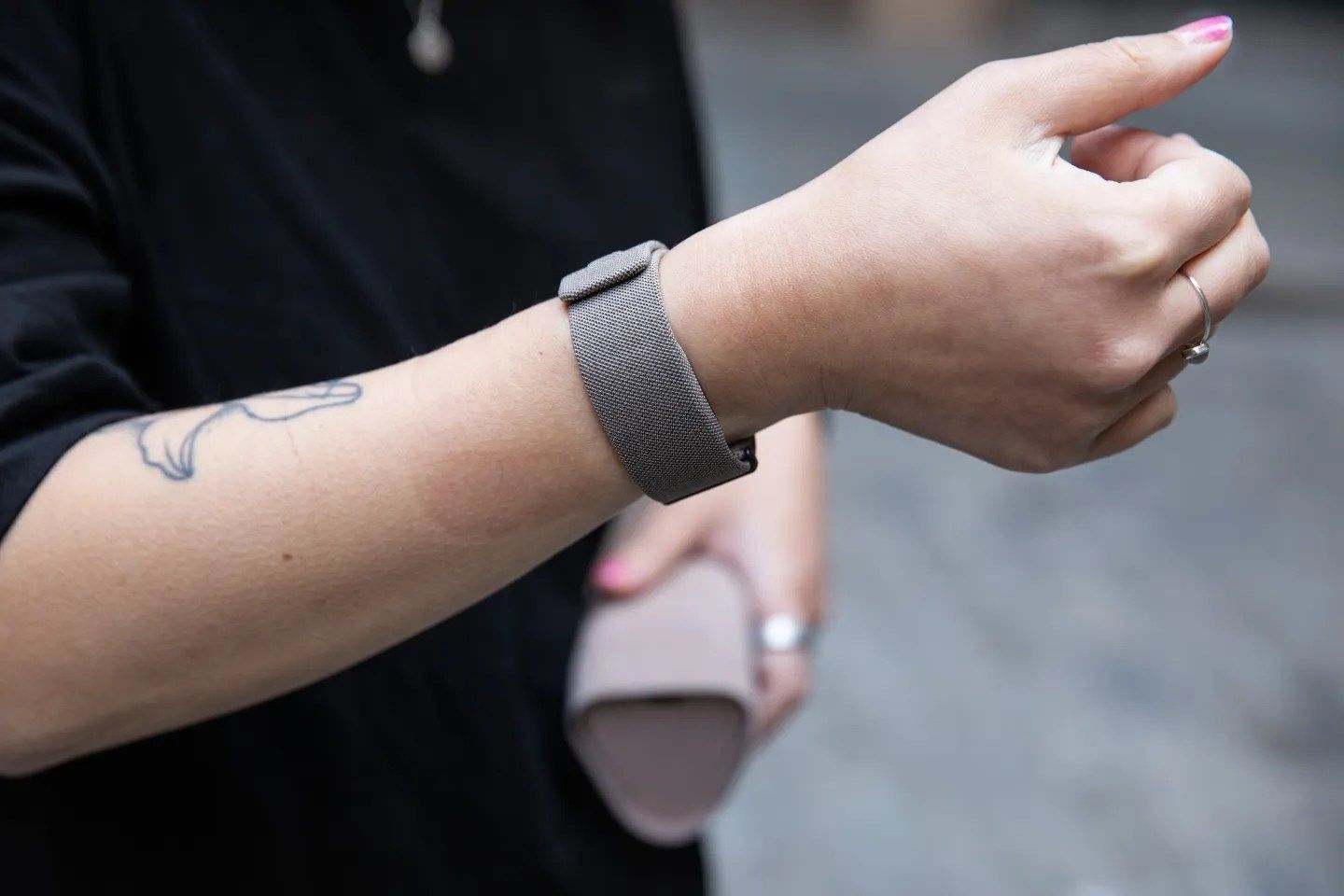Meta is quietly charging $199 to replace the Neural Band wristband that controls its $799 Ray-Ban Display smart glasses. The steep replacement cost - exactly 25% of the glasses' retail price - reveals how essential components for AR devices are creating expensive repair nightmares for early adopters. What makes this particularly frustrating: the wristband isn't sold online, forcing customers to navigate customer service for what amounts to a costly accessory replacement.
Meta just dropped some unwelcome news for its Ray-Ban Display users: lose your Neural Band wristband, and you're looking at a $199 bill to get back to controlling your smart glasses. The pricing, confirmed by The Verge's investigation after customer service initially told buyers replacements weren't available, shows just how expensive essential AR accessories have become.
The Neural Band isn't just some optional add-on - it's how you actually control what appears on the Ray-Ban Display's screen. Without it, your $799 smart glasses become significantly less useful. But Meta has made replacing this critical component surprisingly difficult and expensive.
Here's the frustrating part: you can't just order a new Neural Band online like you would any other tech accessory. The wristband isn't listed anywhere on Meta's site. Instead, you have to contact customer service and prove you already own the glasses. Even then, you'll only get a replacement if your situation falls outside Meta's limited warranty policy, according to Meta spokesperson Tyler Yee.
The $199 price tag represents exactly 25% of the glasses' retail cost - a steep penalty for what amounts to losing a small wristband. It's reminiscent of Apple's notoriously expensive repair costs, but at least you can buy most Apple accessories directly from their store. Meta's approach feels more like the old days of proprietary tech where manufacturers controlled every aspect of the replacement process.
This pricing strategy reveals a broader challenge facing the AR industry. As companies like Meta, Apple, and others push wearable computing mainstream, they're creating ecosystems where essential components carry premium replacement costs. Unlike smartphones where you might survive with a cracked screen for a while, AR devices often depend on multiple connected pieces working together.
The Ray-Ban Display situation gets more complicated when you consider Meta's positioning of these glasses as everyday wearables. If you're supposed to integrate them into your daily routine, losing a small wristband becomes a real possibility. But the replacement process - contacting customer service, proving ownership, and paying a quarter of the device's value - feels designed to discourage casual use.












